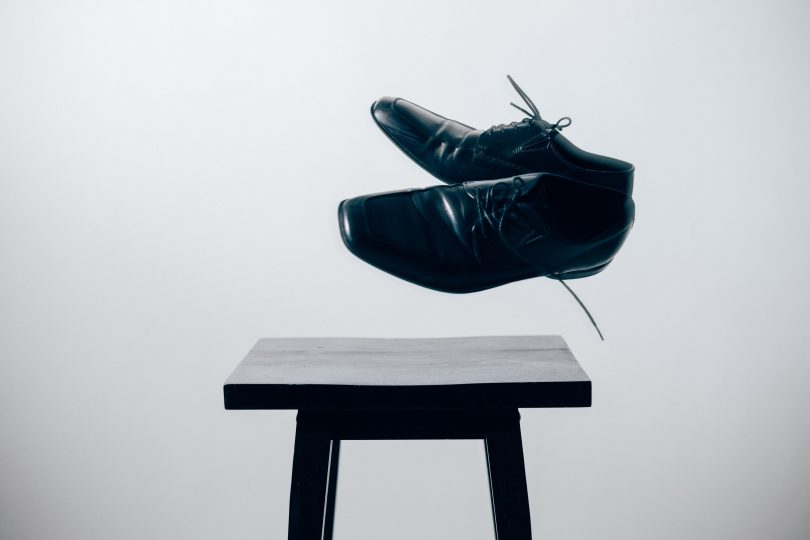Medicare is required by law to cover all medically reasonable and necessary health care services with certain exceptions, such as vision, hearing, dental and long-term services and supports. Of course, when it’s not black and white, our government decides which services are medically reasonable and necessary and should be covered. The Centers for Medicare and Medicaid Services (CMS), which oversees Medicare, has decided that power seat lifts should be covered.
Of course, every time Medicare covers a product or service that makes people’s lives easier and improves their health and well-being, it’s a huge benefit. Yet, as Medicare covers more costly items, Part B premiums rise and out of pocket costs for people with Medicare become increasingly unaffordable. To keep costs down, Congress needs to step in and negotiate better prices for many products Medicare covers, including prescription drugs, as well as eliminate overpayments to Medicare Advantage plans.
Medicare has always covered wheelchairs and, in certain cases, power wheelchairs, for people who are unable to get around their homes without one. But, Medicare had not covered the power seat lift that allows people in a wheelchair to sit at a counter or access items they could not otherwise access in their homes. The government’s argument back in 2006 was that the power seat elevation system was not primarily medical in nature.
The industry making the seat-lift device, along with the disability community, lobbied hard for its coverage. They argued that from a health equity perspective, lower income people can experience worse health outcomes than people with more income are not because they can afford to pay for the seat lift themselves. “Allowing beneficiaries with a permanent disability to access technology to stand, reach, and function in their home and community, is not a luxury, nor is it an item of convenience, but a necessity.”
The health equity argument is compelling. On those grounds, however, Medicare should be spending as much on people in Traditional Medicare as it does on people in Medicare Advantage, giving traditional Medicare an out-of-pocket spending limit, among other things. Instead, most people with Medicare cannot afford to enroll in Traditional Medicare and are forced into Medicare Advantage plans. They do not have the meaningful choice between Traditional Medicare and Medicare Advantage, which is available to people with higher incomes.
Of note, Medicare still does not cover the power standing device that would allow wheelchair-bound people to stretch their legs and bear weight, which also has significant health benefits, according to some experts.
Here’s more from Just Care:










